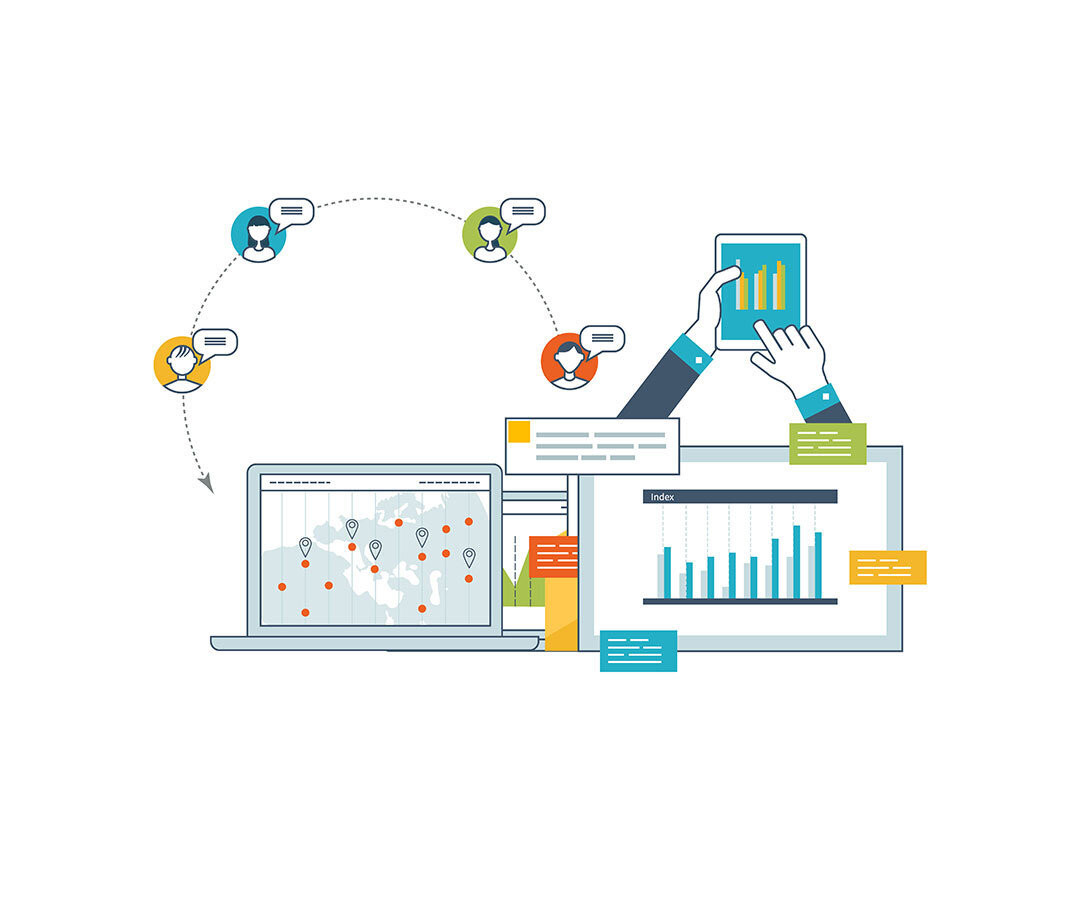The Requirements Maturity Model Explained

Understanding the Requirements Maturity Model: A Comprehensive Guide
Delve into the details of the Requirements Maturity Model (RMM) with this whitepaper, that explains the Levels of the Requirements Maturity Model. This whitepaper guide describes the observational characteristics of the six levels of RMM, offering valuable insights into how organizations can measure and improve their business analysis and requirements management practices.
Key Highlights:
- Levels of Maturity: Explore the six defined levels of the RMM, from Incomplete (Level 0) to Optimizing (Level 5), and understand the key characteristics of each stage.
- Capability Areas: Learn about the six critical capability areas that influence requirements maturity, including Process, Practices & Techniques, Deliverables, Technology, Organization, and Staff Competency.
- Assessment and Improvement: Discover how a formal RMM assessment can help your organization identify strengths and areas for improvement, providing a roadmap for advancing to higher maturity levels.
- Integration and Optimization: Understand how integrating RMM with project management, enterprise architecture, and application lifecycle management processes can lead to exceptional project outcomes.
For those looking to enhance their requirements management practices, this whitepaper offers a comprehensive overview and practical strategies for achieving higher maturity levels.
Learn More about the Requirements Maturity Model and how it can transform your organization’s approach to business analysis and project success.

